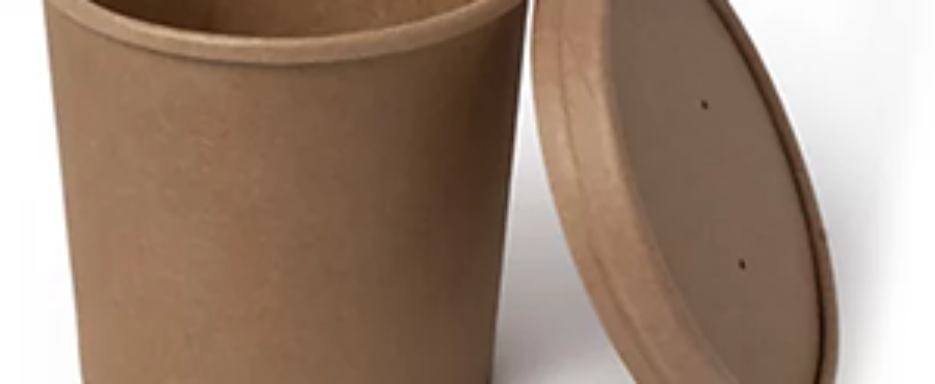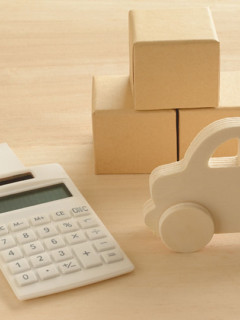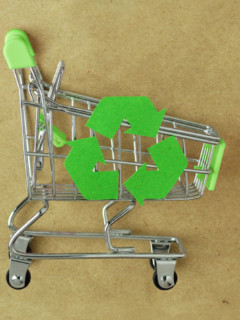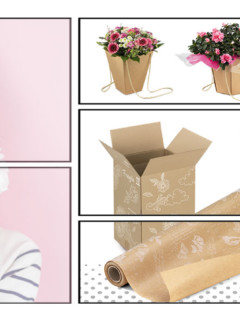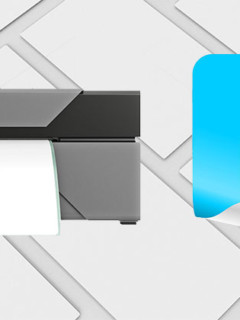Germany is the recycling world champion! No other nation separates its own civilisational remains so passionately. Household waste, plastic, biowaste, paper – there is a bin in the right colour for all types of waste. Surely everyone has stood in front of the same bin and wondered in which container the broken porcelain cup or the yoghurt pot belongs? Can leftovers be disposed of in organic waste? Does the box of chocolates belong in the paper or plastic waste? And how are envelopes with a window disposed of?
With so many colours and special features, it’s hard to keep track of everything. Information on waste management and usually also a waste ABC are usually provided online by the waste management companies of the cities and municipalities.
NABU’s infographic illustrates the paths of our household waste:
- Nappies, ashes, old cleaning rags, paper handkerchiefs and halogen lamps belong in the residual waste. The waste is then sorted and sent to waste incineration plants, mechanical-biological waste treatment plants or is used as substitute fuel in power plants. This recovers metals and produces energy in the form of heat, electricity and biogas.
- Organic waste includes garden waste such as leaves and grass, but also food waste and brushwood. The waste is composted, fermented or incinerated in biomass cogeneration plants.
- Yoghurt pots, Tetrapaks, food cans and aluminium foil are recyclable materials. Depending on the material, these are sorted, processed into granulate or metal ingots and returned to the recyclable material cycle. Beverage bottles, for example, are turned into fleece pullovers, a milk carton into an egg carton and an old pot into a car body part.
Recycling of plastics reaches its limits
In Europe, only 30 percent of all plastics are recycled. However, by 2030 the EU plans to All plastic packaging can be recycled to do so. According to the current situation in Germany Federal Environment Agency 99.4 per cent of the almost 6.15 million tonnes of plastic waste generated annually is recycled. Germany’s highest environmental authority differentiates between plastic waste, which:
- raw and recyclable. That was 46.7 per cent in 2017.
- recycled for energy (52.7 per cent) – the majority of which ends up in waste incineration plants.
- disposed of (0.6 per cent)
But why is only less than half recycled?
Even though at first glance everything looks like plastic, there are many different types of plastic. Used glass can be melted down and recast. Unfortunately, this is not the case with plastic. Some plastics would melt, others would react chemically and thus become unusable. The purer a plastic is, the easier it is to recycle.
Although there have been new experimental projects for recycling plastic for years, the ideal solution is not yet among them. At the same time, recycling materials is kinder to the environment than manufacturing them again. Last but not least, plastics are mostly made from petroleum: a limited resource.
Recycling as a resource
The Austrian energy company OMV AG has long recognised that plastic waste is a valuable raw material. What sounds unimaginable is actually feasible today: ReOil plants are used to recover crude oil from plastic. To do this, the plastic must be heated to a temperature of over 400°C. The high temperature and the addition of a solvent break down the plastic molecules. After the process, the solvent is distilled out again. Two products are created: usable gas and syncrude, i.e. crude oil.
In the refinery, the crude oil can then be further processed into petrol or back into plastics. Since 2018, the ReOil process has been tested in the facilities near Vienna. Every hour, 100 litres of crude oil can be extracted from 100 kilograms of plastic packaging. This produces 45 per cent less greenhouse gases than ordinary oil and the process also saves more CO2 than burning plastics. How economical the process actually is remains to be seen.
The head of Hydrodyn, a manufacturer and operator of recycling plants, also sees a lot of potential in the Recycling plastic a business model. The plants clean the waste and process it into granulate of the highest purity. The granulate is a globally sought-after raw material and is further processed into films, sheets and pipes.
Plastic waste fiercely contested
Although Germany is known for its high recycling rate, there is a clear need for improvement. A price war is raging between the recycling industry and the waste incineration plants. Because of its petroleum content, plastic is ideal for incineration and energy conversion. Cleaning and processing plastic, on the other hand, is cost-intensive. Whoever bids the most gets the contract for the plastic waste and can process it further. A very economical, but not sustainable approach.
New approaches and regulations are needed. With the Packaging Act and the accompanying licensing already took a step in the right direction. In addition to research into new recycling methods, the development is also moving towards alternative materials, such as Bioplastics. The rethinking has long since taken place in the minds of companies and consumers. Recycling or recovery of crude oil are already promising approaches. Only time will tell which method will ultimately be economically viable for recycling plastic in the future.











